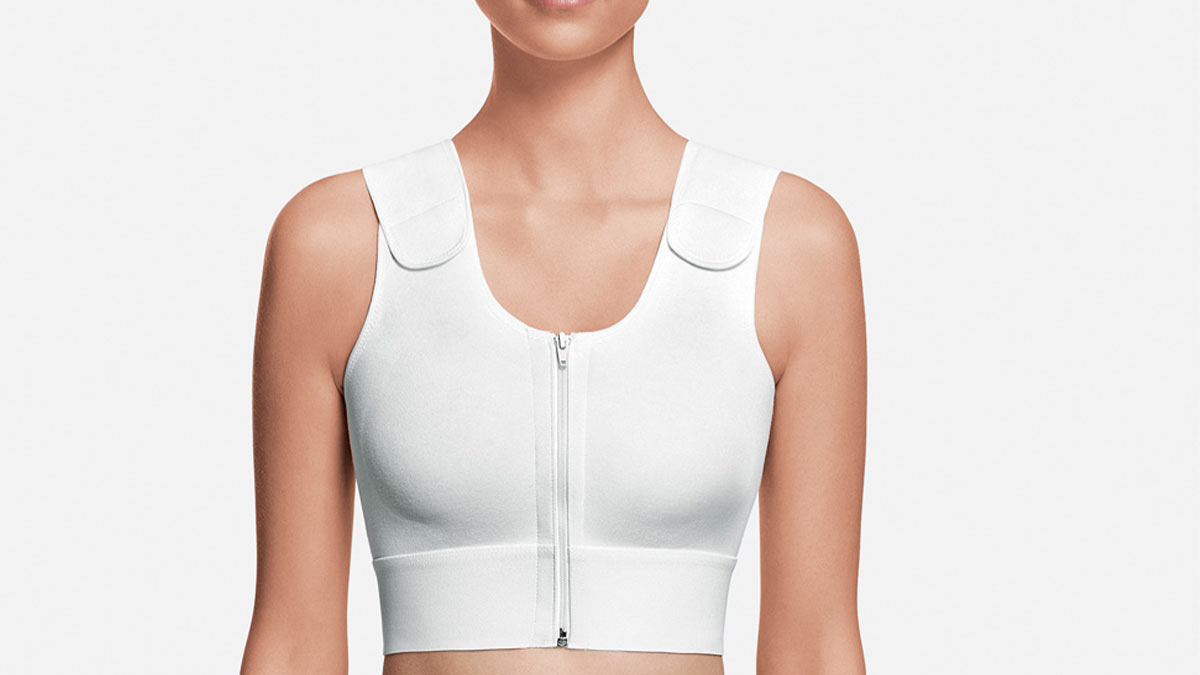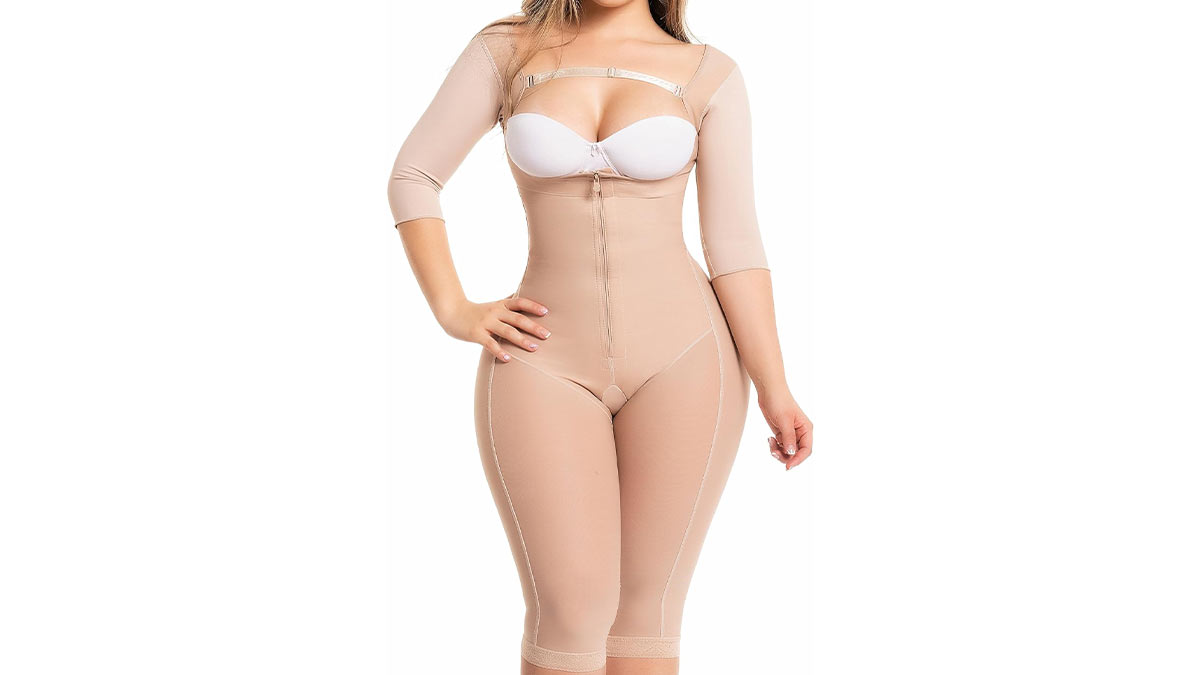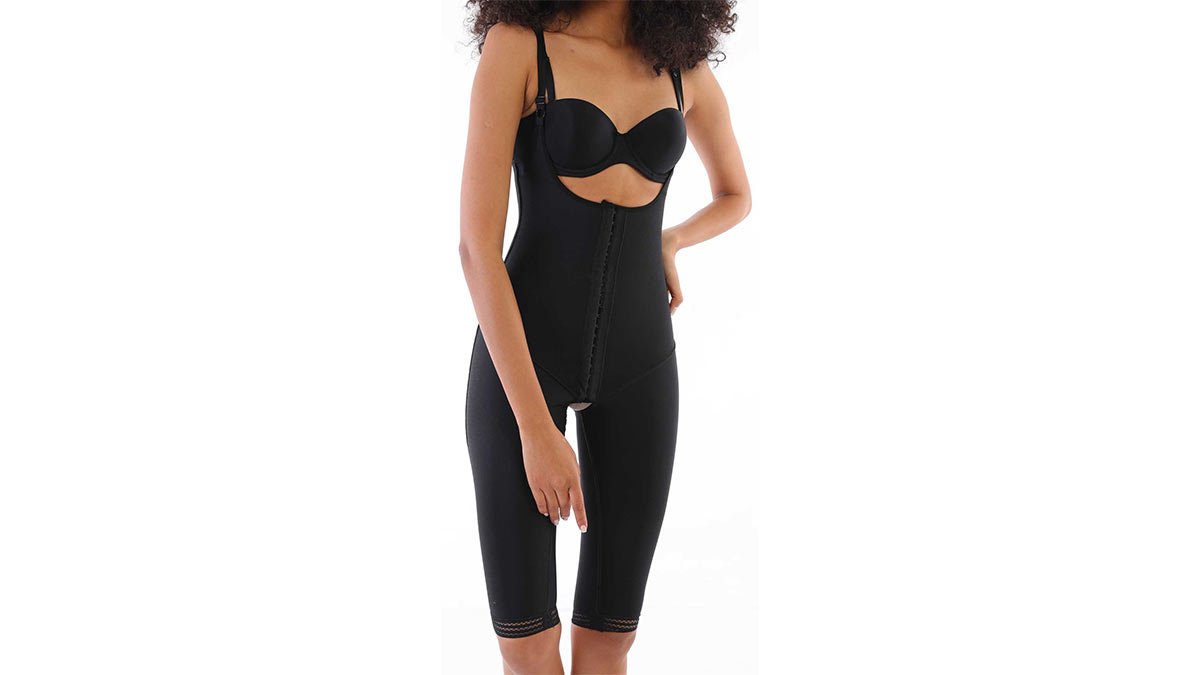Compression garments have become an essential part of both medical recovery and athletic performance. However, The difference between compression garments for sports and after surgery is often misunderstood. While they may look similar, their design, material composition, pressure levels, and overall function differ greatly. To truly understand how these garments work and when they should be used, it’s important to explore their scientific background, their purpose in different contexts, and the impact they have on the body.
Understanding the Purpose of Compression Garments
At their core, compression garments are engineered to apply controlled pressure to specific areas of the body. This compression enhances blood flow, reduces swelling, and supports muscle stability. Yet, The difference between compression garments for sports and after surgery lies in the specific goals of each use.
For athletes, compression garments for sports and after surgery differ primarily in purpose. In sports, compression gear enhances muscle oxygenation and performance, reduces fatigue, and accelerates post-workout recovery. In medical contexts, however, compression garments are prescribed to minimize swelling, prevent blood clots, and promote healing after invasive procedures such as liposuction, abdominoplasty, or orthopedic surgeries.
Interestingly, when analyzing post-operative use, many medical professionals refer to studies similar to the Review of the best exercises after liposuction, emphasizing how controlled movement and compression can speed up recovery.
Design and Fabric Composition

When comparing The difference between compression garments for sports and after surgery, one of the first aspects to consider is their design and the materials used. Sports compression garments are generally made with lightweight, breathable fabrics that manage sweat efficiently. These garments are optimized for comfort and flexibility, allowing a full range of motion during activities such as running, cycling, or weightlifting.
Post-surgical garments, on the other hand, use sturdier, medical-grade fabrics that exert consistent, higher levels of pressure. They are specifically designed to hold tissues in place and reduce fluid buildup after surgery. Unlike athletic garments, which focus on comfort and movement, post-surgical garments prioritize stabilization and healing.
This distinction also extends to the structural design. Sports compression leggings or sleeves may include mesh panels for breathability, whereas medical garments incorporate hooks, zippers, and reinforced seams to accommodate post-surgical dressings.
Compression Levels and Pressure Distribution
Another defining factor in The difference between compression garments for sports and after surgery is the compression intensity. In sports, compression levels typically range from 15 to 25 mmHg just enough to stimulate circulation and prevent lactic acid buildup. In contrast, medical-grade garments may apply 20 to 40 mmHg of pressure, depending on the type of surgery and the physician’s recommendation.
These higher pressures help prevent hematoma formation and improve lymphatic drainage. For example, after liposuction, patients are advised to use strong compression to help the skin retract smoothly and reduce the risk of fluid accumulation. This connects closely to Checking when to wear compression garments after liposuction, a critical step that ensures patients receive optimal benefits during their recovery phase.
The variation in compression levels between these two types of garments highlights how different their applications are, even though both promote circulation and healing in their own way.
Functionality and Targeted Use
The functional goals of compression wear in athletic versus medical environments couldn’t be more distinct. Athletes use compression gear to improve endurance and reduce fatigue by supporting the muscles and improving blood flow. This results in faster recovery after strenuous physical activity.
Conversely, post-surgical compression garments serve a rehabilitative function. Their purpose is to stabilize the surgical area, reduce postoperative pain, and lower the risk of complications such as seroma or infection. They are a part of the healing protocol, not a performance tool.
This difference explains why compression garments for sports and after surgery are not interchangeable. Using a sports garment after surgery could result in insufficient support, while using a post-surgical garment for athletic activity would restrict motion and cause discomfort.
The Psychological and Comfort Aspect

While science often focuses on physical recovery, the psychological effects of compression garments are equally important. Athletes report feeling more confident and mentally focused when wearing compression gear, attributing part of their performance success to its snug and supportive fit.
Patients recovering from surgery also experience psychological benefits. Wearing compression garments helps them feel more secure, supported, and protected during a vulnerable period. This reassurance contributes to a smoother recovery process.
These comfort-related differences further illustrate The difference between compression garments for sports and after surgery one designed to boost performance confidence, the other to restore a sense of safety and healing.
Longevity, Durability, and Maintenance
Sports compression garments are typically designed for daily use and frequent washing. The materials must be elastic enough to withstand stretching and moisture exposure without losing shape. Post surgical garments, on the other hand, are designed for limited-time use usually several weeks to a few months but must maintain consistent compression throughout the healing period.
When patients consider The best ways to maintain weight after liposuction, the proper maintenance of post-surgical compression garments also becomes an essential factor in ensuring long-term results. Keeping the garments clean, dry, and properly fitted ensures that the body maintains its new contour after healing.
Medical Applications vs. Athletic Performance
Medically, compression garments are used to support a variety of recovery processes from cosmetic surgeries to orthopedic injuries. After a leg fracture, for instance, doctors often recommend compression garments to improve blood flow and reduce swelling, which relates directly to Reasons to wear compression garments after a leg fracture.
In sports, compression garments aim to optimize the athlete’s physiological responses. Studies show that compression wear helps reduce muscle vibration and enhances proprioception the body’s sense of movement and position. This, in turn, helps athletes maintain better form and reduce the risk of injury.
Thus, The difference between compression garments for sports and after surgery revolves around their core objective: one focuses on enhancing human performance, while the other supports human recovery.
Advanced Manufacturing and Material Innovation
Recent years have seen significant advancements in textile technology, bringing innovation to both athletic and medical compression garments. Nanofiber integration, moisture-wicking layers, and antibacterial coatings have improved comfort and hygiene in both applications.
However, the growing sophistication in garment production means medical compression wear is now being designed with greater comfort and aesthetic appeal, bridging the gap between medical necessity and wearable technology. This technological progress aligns closely with research like Exploring the treatment of stretch marks with the help of Garment, where similar compression principles are being explored for cosmetic and dermatological improvements.
Overlapping Benefits and Misconceptions

There is a common misconception that compression garments for sports can substitute medical-grade ones, or vice versa. While both serve to enhance circulation and reduce swelling, their intended uses and effectiveness differ significantly.
Some overlap exists, however, in recovery benefits. Both types of garments help reduce inflammation, control swelling, and support muscle alignment. Yet, The difference between compression garments for sports and after surgery lies in their targeted engineering and medical approval standards.
Athletes may experience faster recovery and reduced soreness, while surgery patients achieve better wound healing and lower complication risks. But it’s essential to use each garment for its intended purpose to avoid adverse effects.
Integration with Other Treatments and Recovery Methods
In sports, compression garments are often used alongside physiotherapy, stretching, and massage techniques. In medicine, they accompany wound care, medication, and gradual movement exercises. The integration of compression wear into different treatment plans showcases how adaptable these garments can be.
For patients recovering from procedures like liposuction, combining compression with physical rehabilitation exercises can yield optimal outcomes. This concept ties to Review of the best exercises after liposuction, which emphasizes that controlled movement, when combined with proper compression, leads to better circulation and healing.
Future Directions and Innovations
As fabric technology evolves, the gap between sports and medical compression garments continues to narrow. Manufacturers are exploring smart fabrics that can adjust pressure dynamically based on movement and body temperature. This innovation could revolutionize both fields — making garments more personalized, comfortable, and effective.
Moreover, companies are researching adaptive materials that respond to the wearer’s body condition, paving the way for garments that aid in both athletic performance and surgical recovery. These advancements underscore the ongoing evolution in understanding The difference between compression garments for sports and after surgery.
Combining Knowledge for Optimal Results

Professionals now recommend integrating the best elements from both worlds athletic and medical compression technology. Athletes recovering from injuries, for instance, benefit from garments that provide both comfort and therapeutic-grade compression. Likewise, post-surgery patients appreciate sportswear-inspired designs that improve comfort and confidence during healing.
Athletic design innovations are even inspiring the next generation of medical garments. This intersection of science and style mirrors the principles found in Compression Garments in Sports, where the focus lies in maximizing functionality without sacrificing comfort.
Practical Considerations Before Choosing a Compression Garment
Before selecting the right compression garment, individuals should consider their needs, recovery goals, and the type of activity involved. Consulting a professional ensures that the garment’s pressure level, fabric, and size are appropriate for the intended use.
Athletes can refer to guides such as How to Choose the Right Compression Wear for Your Sport, while patients recovering from surgery should follow their doctor’s specific instructions regarding garment type and wear duration.
Proper selection and use are crucial, as incorrect compression can lead to circulation problems or discomfort.
Conclusion
Ultimately, The difference between compression garments for sports and after surgery extends beyond simple appearance. It involves purpose, material, pressure, and physiological impact. Both types of garments share a foundation in enhancing circulation and providing support, but their end goals are vastly different one boosts performance, while the other aids recovery.
As research continues to expand, understanding compression garments for sports and after surgery becomes even more essential in optimizing both physical performance and post-operative healing. Whether you’re an athlete looking to improve endurance or a patient seeking faster recovery, recognizing these distinctions ensures that you choose the right garment for your needs.
In future developments, the industry may even merge the best aspects of both worlds — creating multi-functional garments that combine performance support with therapeutic compression. And as new studies continue to explore the interplay between athletic gear and medical technology, the lessons from Benefits and Risks of Compression Garments During Workouts will remain relevant, guiding users toward safer and more effective recovery and performance outcomes.







